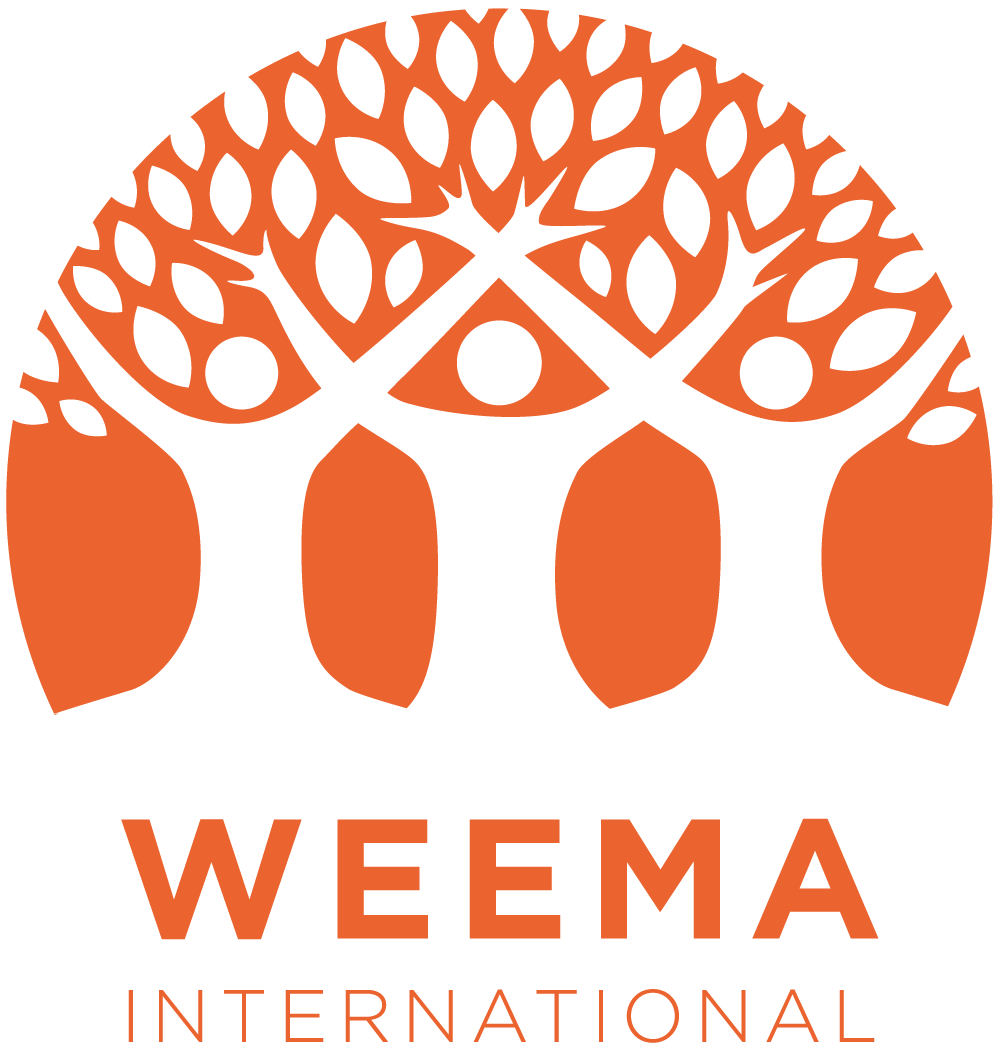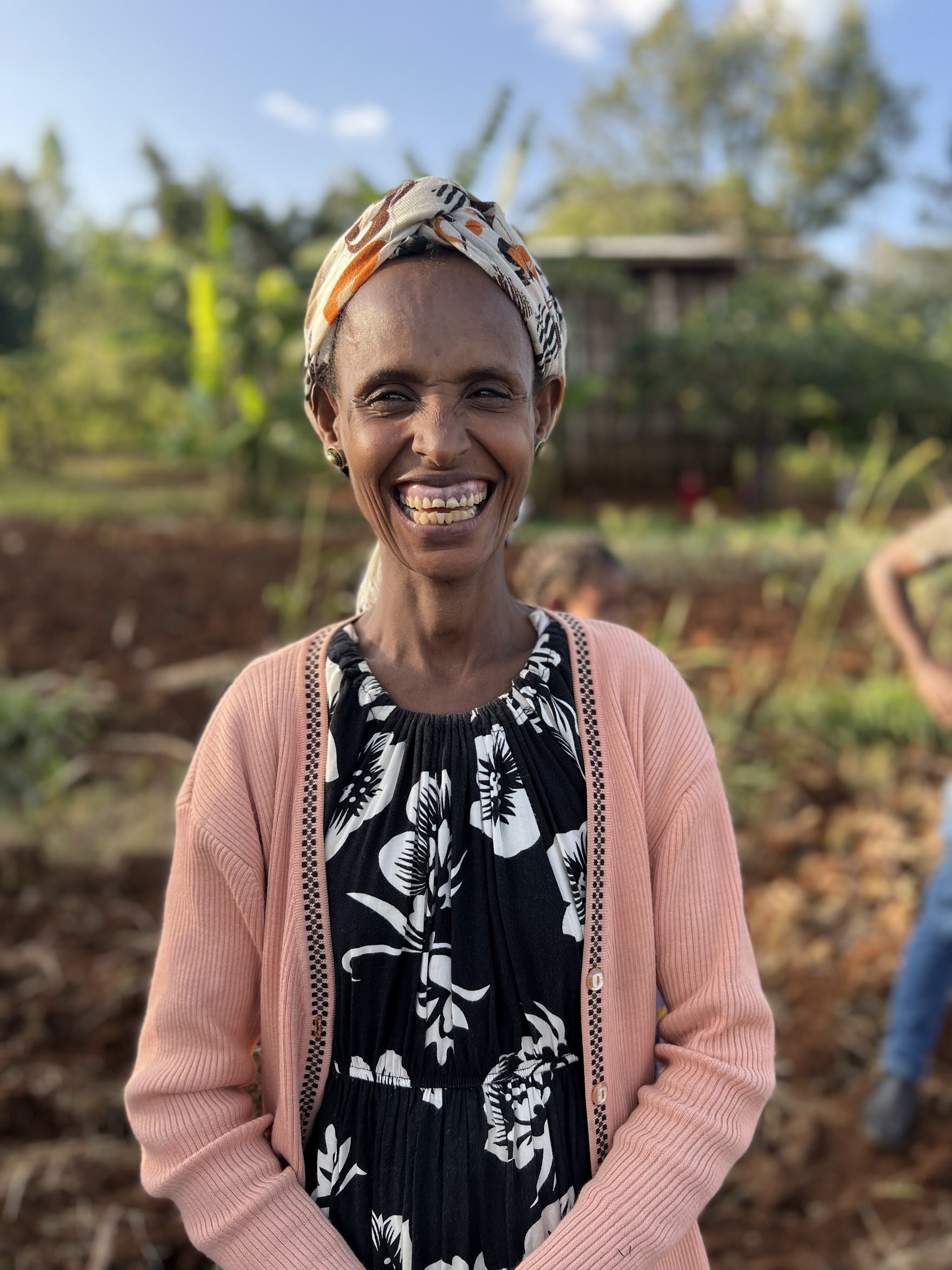Treatment of Uterine Prolapse and Fistula
THE ISSUE- UTERINE PROLAPSE AND OBSTETRIC FISTULA
UTERINE PROLAPSE: Uterine prolapse is a significant health issue affecting women in many parts of the world. It is a condition where the uterus protrudes into the vaginal canal or descends outside of the body due to the weakening of pelvic floor muscles. Uterine prolapse is a particular concern in countries like Ethiopia, where factors such as limited access to healthcare, inadequate nutrition, strenuous physical labor, and cultural practices contribute to its prevalence.
Uterine prolapse poses a substantial burden on women's health and well-being. It is especially prevalent for women who have experienced multiple pregnancies coupled with malnutrition, heavy workloads, and inadequate reproductive healthcare. Ethiopia's predominantly agrarian society places significant physical demands on women. Farming, carrying heavy loads, and manual labor can exacerbate pelvic floor weakness and lead to uterine prolapse.
Cultural practices and traditional beliefs around childbirth and postpartum care can contribute to the high prevalence of uterine prolapse. Practices such as early marriage, female genital mutilation, and harmful traditional birth practices can increase the risk of prolapse by causing damage to the pelvic floor during childbirth or promoting prolonged labor.
The impact of uterine prolapse on affected women is both physical and psychological. Women with prolapse often experience pain and a wide range of symptoms such as urinary incontinence, difficulty with bowel movements, and sexual dysfunction. These physical symptoms can significantly affect their quality of life and ability to carry out daily activities. Stigma and shame associated with pelvic organ prolapse can lead to social isolation, depression, and diminished self-esteem.
The estimated prevalence of uterine prolapse in Ethiopia is approximately 20%
OBSETRIC FISTULA: Obstetric fistula is a devastating and largely preventable childbirth injury that primarily affects women in resource-poor regions of the world . This condition occurs when there is prolonged and obstructed labor during childbirth, leading to a hole or tear between the birth canal and the bladder or rectum. Obstetric fistula can result in severe and continuous urinary or fecal incontinence, as well as other health complications, causing social isolation and discrimination for affected women.
Obstetric fistula is typically caused by prolonged labor without access to appropriate medical care, such as a cesarean section when needed. Other factors that contribute to its occurrence include early marriage, lack of access to maternal healthcare, and malnutrition.The most common symptoms of obstetric fistula include continuous and uncontrollable leakage of urine (urinary fistula) or feces (rectovaginal fistula) through the vaginal canal. This can lead to chronic infections, ulcerations, and foul-smelling discharge.Social and Psychological Impact: Women living with obstetric fistula often face severe social and psychological consequences, including stigmatization and ostracism from their communities. They may be abandoned by their husbands and families, leading to isolation and poverty.
Obstetric fistula is largely preventable by ensuring timely access to quality maternal healthcare, including skilled birth attendants and emergency obstetric care. In many cases, fistulas can be surgically repaired through a relatively simple surgical procedure. Rehabilitation and post-operative care are also essential to help affected women recover and reintegrate into society.
It is estimated that 9,000 women in Ethiopia develop obstetric fistula every year.
WEEMA’s COMMUNITY-LED INTERVENTION
WEEMA identifies women in the community living with uterine prolapse or fistula and transports these women to Hamlin Fistula Hospital- Yirgalem for free surgical treatment.
FUNDING AND IMPLEMENTING PARTNERS
Hamlin Fistula Ethiopia
TREATMENT OF UTERINE PROLAPSE AND FISTULA LOG FRAME
(What is a log frame? A logical framework, often referred to as a log frame, is a planning tool used in international development to design, implement, monitor, and evaluate projects. It establishes a coherent structure to identify and express the project's goals, objectives, activities, inputs, outputs, outcomes, and impacts, while also defining the indicators for measuring success and identifying potential risks and assumptions. This framework fosters accountability and ensures that projects are effectively addressing identified needs and expected results.)

